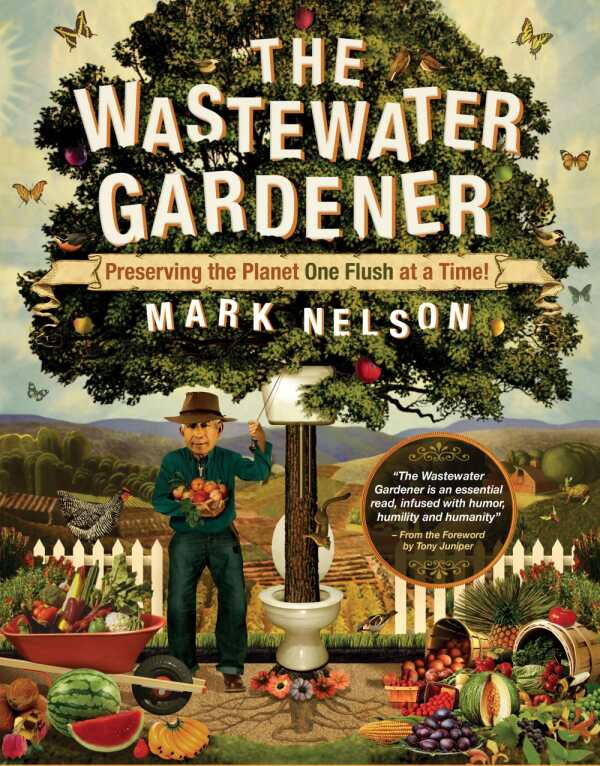The Wastewater Gardener
Preserving the Planet One Flush at a Time
- 2014 INDIES Winner
- Silver, Ecology & Environment (Adult Nonfiction)
Nelson uses humor to bring attention to important environmental issues and to detail his unique methods of improving ecosystems.
In tracing the arc of his life in The Wastewater Gardener: Preserving the Planet One Flush at a Time, Mark Nelson provides an informative, entertaining look at his work designing treatment systems for human excrement and toxic waste in many of the world’s climates and regions.
The author has decades of experience as an environmental consultant and is a leading expert on constructed wetlands and other alternative sewage systems. His beautiful and functional wastewater gardens are found in some of the world’s toniest ecotourist centers and in some of its poorest communities.
Nelson’s primary tenet is that the planet’s supply of fresh water is in short supply and should not be used to flush away human and chemical waste, a process that dilutes things too much for complete anaerobic bacteria digestion. He also neatly explains the other problems inherent in conventional sewage treatment systems, such as nutrient-rich effluent fueling overgrowth of algae, which poisons aquatic systems and drinking water supplies. He is a proponent of harnessing plants and microbes to break down waste more effectively and cheaply than machined systems, since living organisms work according to their biological functions, while mechanical systems break down over time. Beautiful constructed wetlands are like natural wetlands, “the kidneys of the planet,” detoxifying wastewater and breaking it down into useful elements.
Nelson’s prose is direct, and he injects his opinions and experiences with humor throughout. He deconstructs technical subjects without a lot of jargon, so the science behind all kinds of environmental engineering concepts and waste treatment system designs is easy to follow. A playful cover depicting the author as flushing a composite tree-toilet in a garden reinforces his approachable and lighthearted tone.
The book is peppered with many photographs showing Nelson and his colleagues constructing wastewater gardens in a variety of landscapes. There are also many helpful diagrams of different wastewater treatment system layouts that elegantly show how they function. A two-page map of the locations of Nelson’s gardens is oddly obsolete, with references to Siam, Abyssinia, Rhodesia, and other outdated places. An updated map would be welcome, as the last few chapters focus on Nelson’s projects in far-flung corners of the globe.
While feces is the focus of Nelson’s work, there is plenty of appeal for readers who want an educational and entertaining read about global environmental issues, natural house building, and community development.
Reviewed by
Rachel Jagareski
Disclosure: This article is not an endorsement, but a review. The publisher of this book provided free copies of the book to have their book reviewed by a professional reviewer. No fee was paid by the publisher for this review. Foreword Reviews only recommends books that we love. Foreword Magazine, Inc. is disclosing this in accordance with the Federal Trade Commission’s 16 CFR, Part 255.

